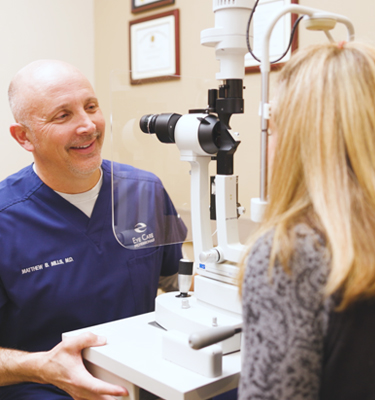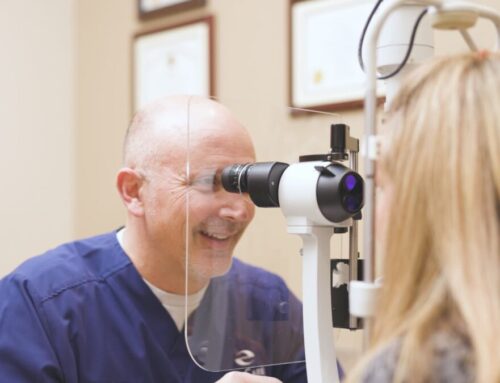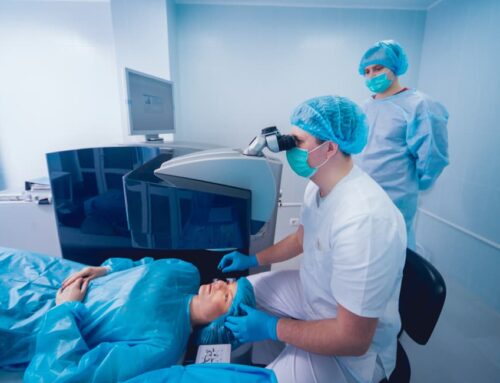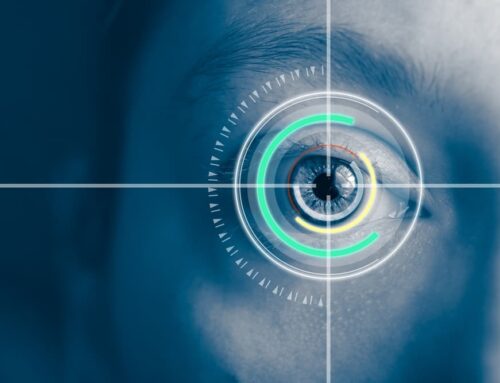Your eyesight is vital for your best quality of life, so correcting it is not something to put off. LASIK eye surgery is today’s most widely performed type of vision correction. This is because it works so well and has improved the lives of countless individuals. If you’re tired of wearing glasses or contact lenses, you may be a candidate for LASIK.
But what is it? And perhaps more importantly, is it the right procedure for you? We’re here to answer all of these questions and more. Let’s begin by discussing exactly what LASIK surgery is.
What is LASIK Surgery?
LASIK can correct nearsightedness, farsightedness, and astigmatism for many people. It consists of creating a flap in the eye’s cornea, then using a special laser to precisely sculpt the cornea to the correct shape. While it is a brief procedure requiring only a few minutes, it can completely change your life!
Many, if not most, people are good candidates for LASIK surgery. That being said, it’s not the only corrective surgery you may want to consider.
What is PRK?
A photorefractive keratectomy (PRK) is performed to treat refractive errors in your eyes if you’ve been diagnosed with Myopia (nearsightedness). It has also been shown to help those with farsightedness and astigmatism. Experienced and trained eye surgeons use a laser to change the shape of your cornea. This procedure improves the way rays of light are focused on your retina, thereby reducing or eliminating your dependence on glasses and contacts. The Cleveland Clinic tells us that about 80% of patients see improved vision one month after surgery and 95% after three months.
LASIK vs PRK: What’s the Difference?
You may look at our quick definitions of LASIK surgery and PRK and wonder what the difference is. You’re not alone! They do seem very similar, and the truth is there are only minor differences. They both involve using precise lasers to correct vision problems. The quality of vision long-term from a PRK is as good as LASIK.
All laser vision correction surgeries work by reshaping the cornea, or clear front part of your eye, so that light traveling through it is properly focused onto the retina located in the back of your eye. Unlike LASIK surgery, a PRK doesn’t involve cutting a flap in your cornea. It’s best to have a PRK if you have dry eyes, thin corneas, or if you have a very active lifestyle. That is because the corneal flap could move from the activity. During PRK, an eye surgeon uses a laser to reshape your cornea. LASIK comes with a small risk of the flap getting moved or dislocated. Because a PRK doesn’t have this risk, it may be preferred by pilots, athletes, or anyone else who does a lot of physical activity.
For some, LASIK is preferred. If you have a PRK you’re more likely to have hazy eyesight for a short time. LASIK has a shorter recovery period and less pain after the procedure. If you need a quick recovery, you’ll want to opt for LASIK surgery.
Speak to Your Reno Ophthalmologist to Learn More
As you consider LASIK surgery, you will want to weigh all of your options. Before undergoing any procedure, speak to the Reno ophthalmologists at Eye Care Professional about the right choice for you. We have established a reputation for excellence in all aspects of patient care as well as surgical outcomes.
We offer patients the next generation of personalized LASIK treatment, the iDESIGN® Refractive Studio from Johnson & Johnson Vision. This is the only system to use topography integrated, wavefront-guided technology, which allows our doctors to take a precise measurement of the eye, inside and out, to deliver a LASIK procedure personalized to the individual patient. We encourage you to make an appointment with our doctors to learn more.











